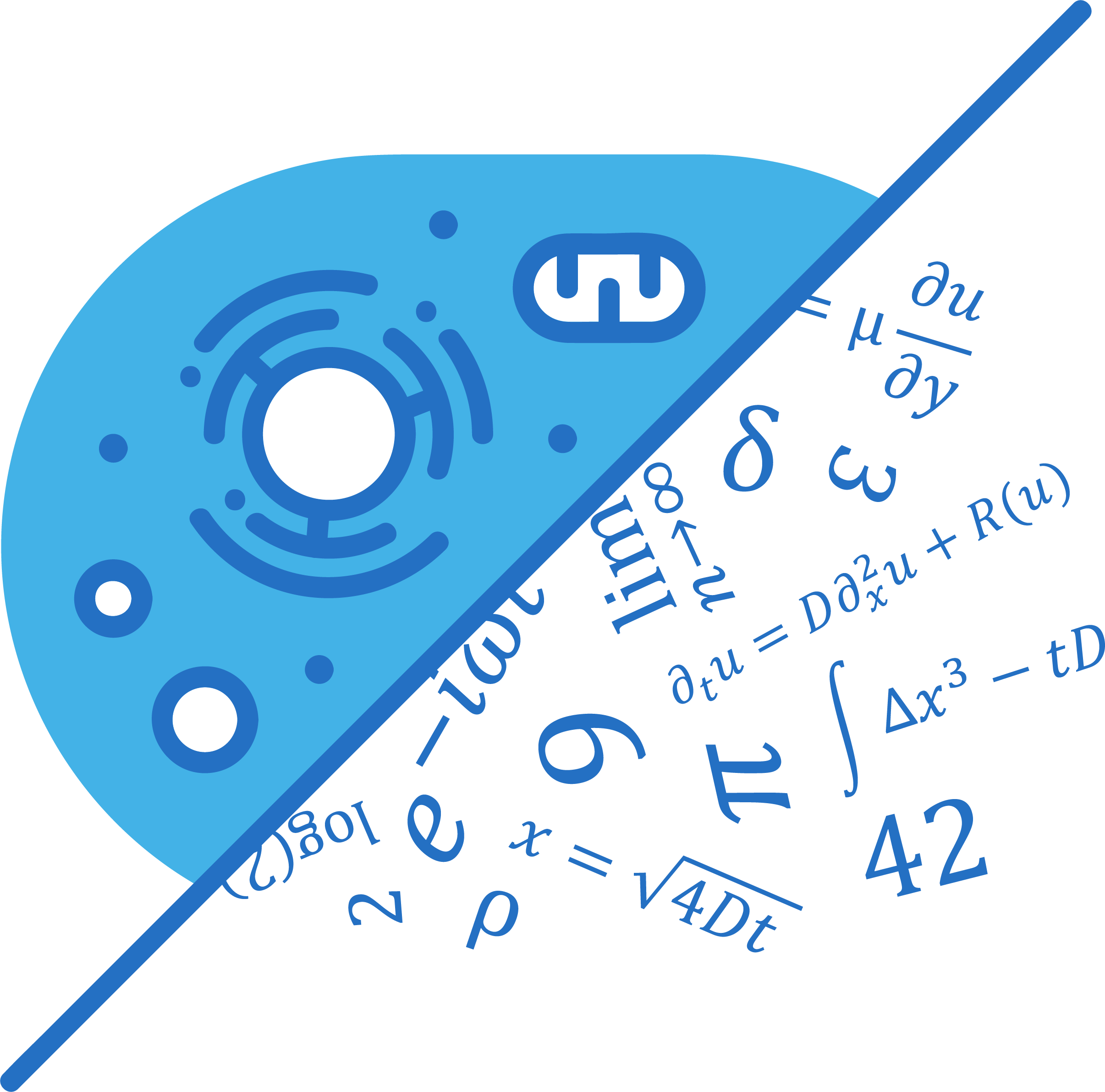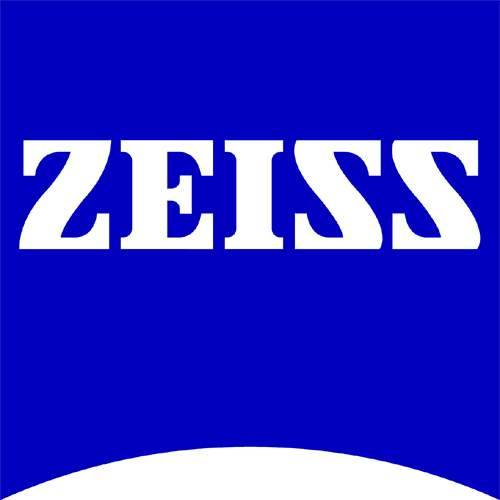|
15th Annual Symposium Physics of Cancer Leipzig, Germany Sept. 30 - Oct. 2, 2024 |
PoC - Physics of Cancer - Annual Symposium | ||||||||||||||||||||||||||||||||||||||||||||||||||||||||||||||||||||||||
|
|
Contributed Talk
Automated quantitative histology of colorectal liver metastases to assess tumour response to chemotherapy in correlation with magnetic resonance elastography.
Contact:
Colorectal cancer is the third most common cancer and the fourth leading cause of cancer-related mortality worldwide [1]. There is a need in oncology for new diagnostic methods and tumour markers which are specific to the efficacy of therapeutic approaches. Classical histology-based methods can be supported by quantitative histology and correlated with biophysical imaging modalities such as magnetic resonance elastography (MRE) [2].
Colorectal liver metastases (CRLM) samples were resected from 34 patients. 28 from the 34 CRLM patients (82.4 %) were treated with chemotherapy before the tumour resection. The samples were manually analysed according to their histology and automatically using quantitative histology (qHisto). The regression grades were used to evaluate the response of the tumour to chemotherapy. Therefore, the H&E stained samples were evaluated by a pathologist. For the automated analysis of the histological slides by qHisto a pre-trained segmentation model StarDist was used to segment the tumour cell nuclei [3, 4]. To quantify the shape of the nuclei, three different parameters were calculated: Nucleus size (in µm2), aspect ratio and density (in 1/µm2) [5]. The nucleus size was calculated by measuring the area of each nucleus and taking the mean over all nuclei. The aspect ratio for elliptical shapes was calculated by dividing the major axis length by the minor axis length. Finally, the nucleus density was calculated by taking the number of nuclei per tissue area. MRE was performed in a compact benchtop MRI scanner with MRE vibration unit operated in a frequency range of 500 to 5300 Hz as further detailed in [6]. According to the histopathological analysis 14.7% of the samples showed a major response and 17.6% showed a partial response to chemotherapy while the rest of the samples (67.6%) showed no response to chemotherapy. qHisto reflected these results by showing smaller nucleus area and nucleus density in samples with major response (19.8 µm2 ± 0.98, p = 0.0002) and partial response (20.9 µm2 ± 1.00, p = 0.0053) than no response (23.4 µm2 ± 1.4). In addition, aspect ratio showed higher values for both response types compared to the non-responder and showed a significant difference between partial and no response (1.54 ± 0.046 vs. 1.48 ± 0.027, p = 0.0003). The area under the curve (AUC) for major vs. non-major was 0.95 (sensitivity = 1, specificity = 0.86) for the nucleus area, 0.67 (sensitivity = 0.5, specificity = 0.93) for the nucleus aspect ratio and 0.83 (sensitivity = 0.75, specificity = 0.93) for the nucleus density. From MRE the shear wave speed c (in m/s) and the penetration rate a (in m/s) were measured. In addition, the frequency-independent parameters shear modulus (in Pa) µ and the dimensionless powerlaw exponent α according to the springpot model were calculated to evaluate stiffness and fluidity of the tissues. c showed a correlation with the tumour regression grade for 1300 Hz and 2100 – 5300 Hz (all p < 0.05). In comparison to the histopathological response a significant correlation for c was observed for 4900 Hz (p = 0.03) and 5300 Hz (p = 0.027) overall making CRLM samples with major response stiffer than partial or non-responders. The frequency-independent α-parameter showed lower values in major response than non-response samples (0.43 ± 0.08 vs. 0.52 ± 0.08, p = 0.03) indicating a more elastic-solid tumour behaviour due to chemotherapy. AUC for comparing major vs. non-major was 0.82 (sensitivity = 0.86, specificity = 0.8) for α. The automated qHisto analysis was able to reproduce the gold standard of manual histological analysis in correlation with tissue fluidity as quantified by ex-vivo MRE. qHisto can be used to evaluate the tumour response to therapy in CRLM and, in combination with ex-vivo MRE, could be of value for improving the reliability and objectivity of standard histology.
|









